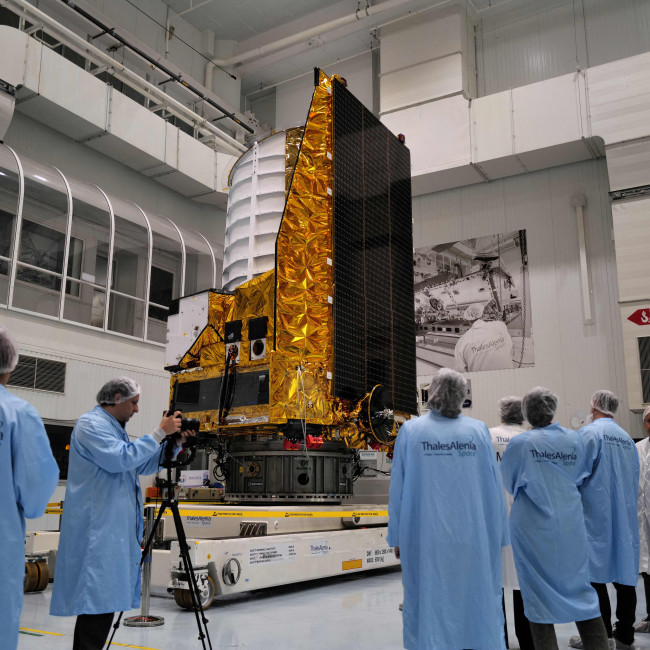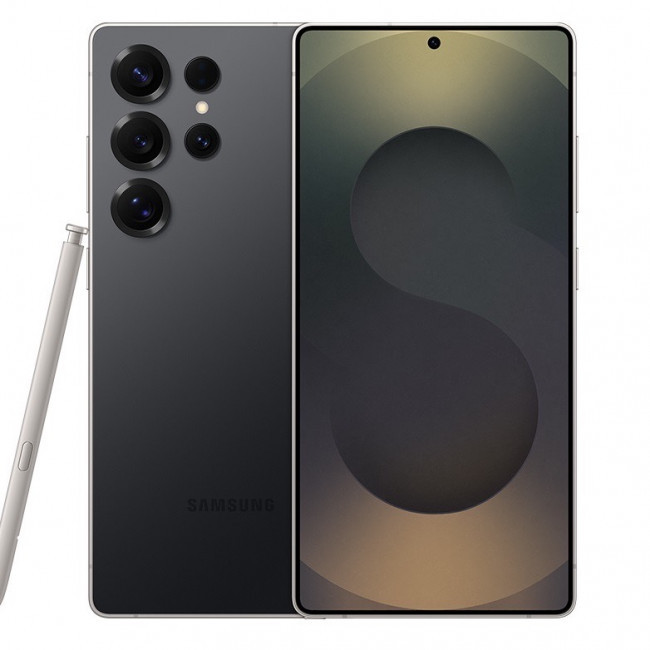SpaceX’s Euclid telescope captures breathtaking images that scientists hope will answer fundamental questions of the universe.
SpaceX’s Euclid telescope has sent back its first stunning images of the universe.
The device is currently on a mission to find out about the invisible “dark” forces manipulating the cosmos, and has been able to observe galaxies up to 10 billion light years away, which has led to the creation of the biggest 3D map of the universe ever.
Reflecting on the breath-taking images, European Space Agency’s (ESA) lead scientist on the project Rene Laureji was astounded by what was captured.
Rene said: “We have never seen astronomical images like this before, containing so much detail.
“They are even more beautiful and sharp than we could have hoped for, showing us many previously unseen features in well-known areas of the nearby universe.
“Now we are ready to observe billions of galaxies, and study their evolution over cosmic time.”
Each image captured by the Euclid contains over 600 million pixels, allowing scientists to study the cosmos and galaxy clusters in great detail that was not possible before.
Astronomers are hoping that by studying galaxy clusters, they will be able to discover the “dark” elements that bind them to one another.
The telescope was launched in July by Elon Musk’s company, and was able to capture an area of the sky 100 times larger than that of NASA’s James Webb Telescope.
The ESA have now said that scientists will analyse the images for baby stars, dim and previously invisible planets the size of Jupiter that are still in their celestial infancy, and young brown dwarfs, which are celestial objects that are between the size of a giant planet and a small star.
SpaceX’s Euclid telescope sends back first images of the universe









